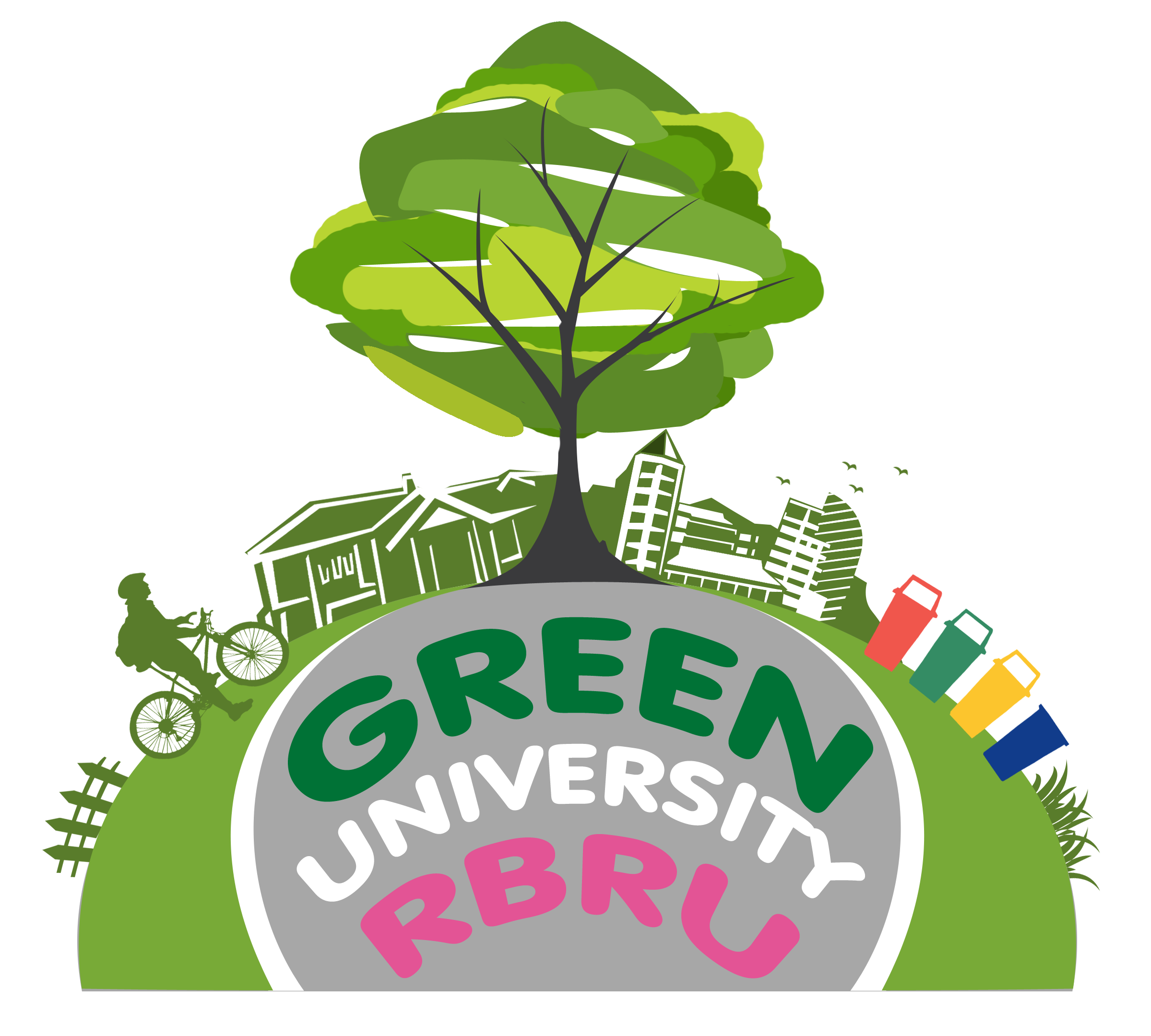เกณฑ์การประเมิน
เกณฑ์การประเมินมหาวิทยาลัยสีเขียว (Green University)
ปี 2017
- Guideline of UI GreenMetric World University Ranking 2017- Questionnaire 2017
ปี 2016
- Guideline of UI GreenMetric World University Ranking 2016- Questionnaire 2016
เกณฑ์และตัวชี้วัด
15%
Setting and Infrastructure (SI)21%
Energy and Climate Change (EC)18%
Waste (WS)10%
Water (WR)18%
Transportation (TR)18%
Education (ED)
 Setting and Infrastructure (SI) (15%)
Setting and Infrastructure (SI) (15%) 
The campus setting and infrastructure information will give the basic information of the university policy towards green environment. This indicator also shows whether the campus deserves to be called Green Campus. The aim is to trigger the participating university to provide more space for greenery and in safeguarding environment, as well as developing sustainable energy.
The indicators are:
1. Campus Setting
2. Type of higher education institution
3. Number of campus sites
4. Total campus area (meter square)
5. Total main campus ground floor area of buildings (meter square)
6. Total main campus buildings area (meter square)
7. Total main campus smart building area (meter square)
8. Total parking area (meter square)
9. Total area on campus covered in vegetation in the form of forest (percentage )
10. Total area on campus covered in planted vegetation (percentage)
11. Total area on campus for water absorption besides forest and planted vegetation (percentage)
12. Total number of students (part time and full time)
13. Total number of academic and administrative staff
14. University budget for sustainability effort within a year
 Energy and Climate Change (EC) (21%)
Energy and Climate Change (EC) (21%) 
The university’s attention to the use of energy and climate change issues takes the highest weighting in this ranking. In our questionnaire we define several indicators for this particular area of concern, i.e. energy efficient appliances usage, renewable energy usage policy, total electricity use, energy conservation program, green building, climate change adaptation and mitigation program, greenhouse gas emission reductions policy. With this indicator, universities are expected to increase the effort in energy efficiency on their buildings and to take more about nature and energy resources.
The indicators are:
1. Energy efficient appliances usage are replacing conventional appliances
2. Smart Building implementation
3. Renewable energy produce inside campus
4. Electricity usage per year (in kilo watt hour)
5. Ratio of renewable energy produce/production towards total energy usage per year
6. Elements of green building implementation as reflected in all construction and renovation policy
7. Greenhouse gas emission reductions program
8. Please provide total carbon footprint (CO2 emission in the last 12 months, in metric tons)
 Waste (WS) (18%)
Waste (WS) (18%) 
Waste treatment and recycling activities are major factors in creating a sustainable environment.The activities of university staff and students in campus will produce a lot of waste, therefore some programs and waste treatments should be among the concern of the university, i.e. recycling program, toxic waste recycling, organic waste treatment, inorganic waste treatment, sewerage disposal, policy to reduce the use of paper and plastic in campus.
The indicators are:
1. Program to reduce the use of paper and plastic in campus
2. Recycling program for university waste
3. Toxic waste handled
4. Organic waste treatment
5. Inorganic waste treatment
6. Sewerage disposal
 Water (WR) (10%)
Water (WR) (10%) 
Water use in campus is another important indicator in Greenmetric. The aim is that universities can decrease water usage, increase conservation program, and protect the habitat. Water conservation program, piped water use are among the criteria.
The indicators are:
1. Water conservation program implementation
2. Water recycling program implementation
3. The use of water efficient appliances (water tap, toilet flush, etc)
4. Treated water consumed
 Transportation (TR) (18%)
Transportation (TR) (18%) 
Transportation system plays an important role on the carbon emission and pollutant level in university. Transportation policy to limit the number of motor vehicles in campus, the use of campus bus and bicycle will encourage a healthier environment. The pedestrian policy will encourage students and staff to walk around campus, and avoid using private vehicle. The use of environmentally friendly public transportation will decrease carbon footprint around campus.
The indicators are: 1. Number of cars owned by your university2. Number of cars entering the university daily
3. Number of motorcycles entering the university daily
4. Number of campus bus operated in your university
5. Average passengers of each campus shuttle bus
6. Total trips for campus bus service each day
7. Number of bicycles that are found on campus on an average day
8. Parking area type
9. Parking area reduction for private vehicles within 3 years (from 2013 to 2015)
10. Initiatives to decrease private vehicles on campus
11 Campus shuttle service
12 Bicycle and pedestrian policy on campus
13 The approximate travel distance of a vehicle each day inside campus only (in Kilomete
 Education (ED) (18%)
Education (ED) (18%) 
In 2012 questionnaire, one new criterion added to the questionnaire: education. This criterion has 18% of the total score. This criteria is based on the thought that university has an important role in creating the new generation concern with sustainability issues.
The indicators are:Total number of courses offered
Total research funds dedicated to environmental and sustainability research (in US Dollars)
Total research funds (in US Dollars)
Number of scholarly publications on environment and sustainability published
Number of scholarly events related to environment and sustainability
Number of student organizations related to environment and sustainability
Existence of a university-run sustainability website



